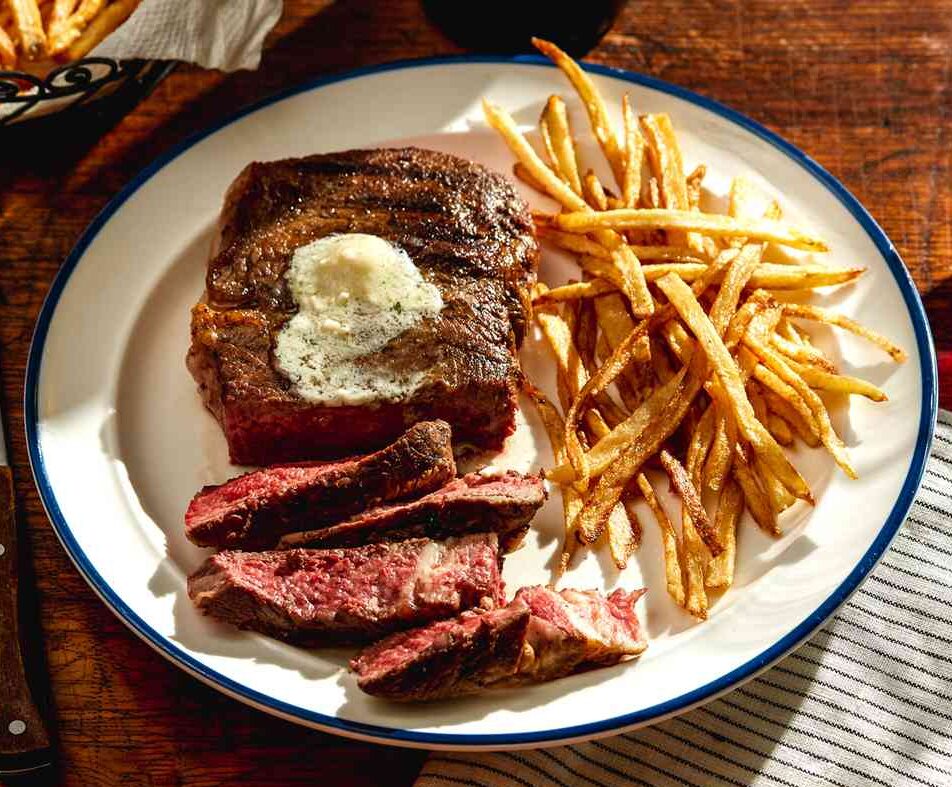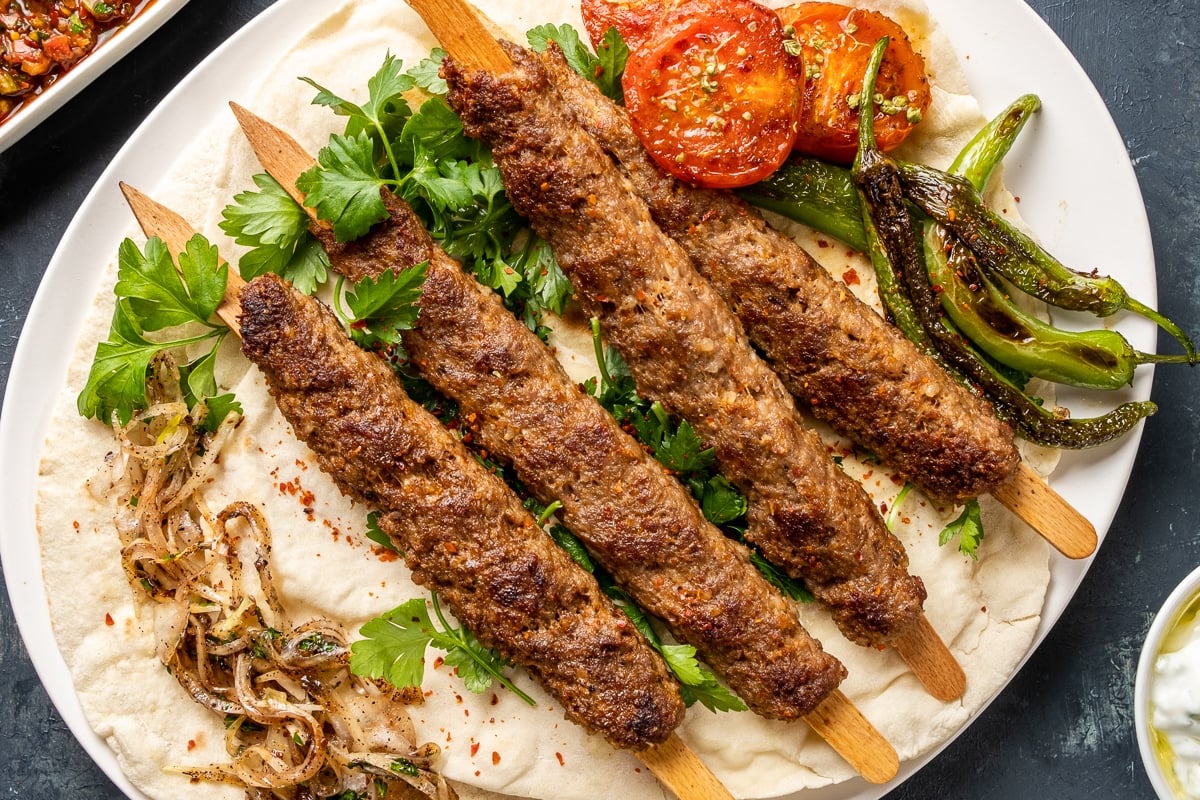Kung Pao Chicken is a classic Chinese dish known for its bold flavors, fiery heat, and delightful combination of tender chicken, crunchy peanuts, and crisp vegetables. Originating from the Sichuan province of China, this stir-fry dish has gained popularity around the world for its distinctive taste and satisfying texture. In this article, we will explore the origins of Kung Pao Chicken, highlight its key ingredients and cooking techniques, and provide you with a delicious recipe to recreate this iconic dish at home.
Origins of Kung Pao Chicken:
Kung Pao Chicken, also known as Gong Bao Ji Ding in Chinese, is named after Ding Baozhen, a Qing Dynasty official and governor of Sichuan province. The dish was created to honor his achievements and legacy. Over time, Kung Pao Chicken became a beloved and widely enjoyed dish, not only in China but also in Chinese restaurants worldwide. Its popularity can be attributed to the enticing combination of flavors, textures, and the characteristic heat from Sichuan peppercorns.
Key Ingredients and Cooking Techniques:
Kung Pao Chicken is known for its vibrant blend of flavors, combining the savory, sweet, tangy, and spicy elements that are characteristic of Sichuan cuisine. Here are the key components that make this dish so enticing:
- Chicken: The dish typically uses boneless, skinless chicken breast or thigh meat, cut into bite-sized pieces. The chicken is marinated to enhance its flavor and tenderness.
- Peanuts: Peanuts are a crucial ingredient in Kung Pao Chicken, providing a delightful crunch and a nutty flavor that complements the other ingredients. You can use roasted peanuts or dry-roast them yourself for an added depth of flavor.
- Vegetables: Traditional Kung Pao Chicken includes diced bell peppers, zucchini, and scallions. These vegetables add color, texture, and freshness to the dish. However, you can customize the selection of vegetables to your liking.
- Kung Pao Sauce: The sauce is the heart of Kung Pao Chicken, providing the perfect balance of flavors. It typically consists of soy sauce, vinegar, sugar, and a combination of chili paste or dried chili peppers for a spicy kick. The sauce is thickened with cornstarch to coat the chicken and vegetables.
- Sichuan Peppercorns: Sichuan peppercorns are a defining ingredient in Sichuan cuisine. They have a unique numbing and tingling sensation that adds complexity to the dish. Toasting and grinding the peppercorns before using them in the recipe enhances their fragrance and flavor.
Recipe: Classic Kung Pao Chicken
Here’s a classic recipe for Kung Pao Chicken that you can try at home:
Ingredients:
- 500g boneless, skinless chicken breast or thigh meat, cut into bite-sized pieces
- 1/2 cup roasted peanuts
- 1 red bell pepper, diced
- 1 green bell pepper, diced
- 1 medium zucchini, diced
- 4 scallions, chopped
- 3 cloves garlic, minced
- 1-inch piece of fresh ginger, grated
- 2 tablespoons vegetable oil
- 1/4 cup soy sauce
- 2 tablespoons rice vinegar
- 1 tablespoon hoisin sauce
- 1 tablespoon sugar
- 1 tablespoon cornstarch
- 1 teaspoon Sichuan peppercorns, toasted and ground
- 1/2 teaspoon red pepper flakes (optional for extra heat)
- Salt, to taste
Instructions:
- In a small bowl, combine soy sauce, rice vinegar, hoisin sauce, sugar, cornstarch, ground Sichuan peppercorns, and red pepper flakes (if using). Stir well to dissolve the cornstarch and set aside.
- Heat vegetable oil in a wok or large skillet over medium-high heat. Add minced garlic and grated ginger and stir-fry for about 1 minute until fragrant.
- Add the chicken pieces to the pan and stir-fry until they are lightly browned and cooked through, about 5-7 minutes.
- Add the diced bell peppers, zucchini, and chopped scallions to the pan. Continue to stir-fry for another 2-3 minutes until the vegetables are crisp-tender.
- Pour the prepared sauce over the chicken and vegetables. Stir well to coat everything evenly. Cook for an additional 1-2 minutes until the sauce thickens and coats the ingredients.
- Add the roasted peanuts to the pan and give it a final toss to combine.
- Taste the dish and adjust the seasoning with salt if needed.
- Transfer the Kung Pao Chicken to a serving dish and garnish with additional chopped scallions and toasted peanuts, if desired.
- Serve the Kung Pao Chicken hot over steamed rice or noodles and enjoy!
Conclusion:
Kung Pao Chicken is a tantalizing Chinese stir-fry that delivers a perfect balance of flavors and textures. Its combination of tender chicken, crunchy peanuts, and vibrant vegetables bathed in a savory and spicy sauce makes it an irresistible dish for anyone who enjoys Chinese cuisine. With this recipe and a few simple ingredients, you can recreate the authentic taste of Kung Pao Chicken in the comfort of your own kitchen. So, gather your ingredients, unleash your culinary skills, and savor the deliciousness of this iconic Chinese dish.





